Contents
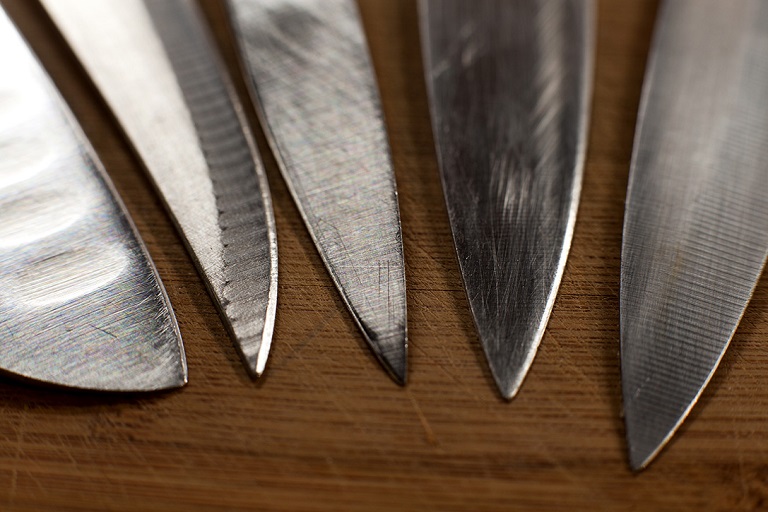
The evolution of one the most universal and utilised tools in human history, the knife, has produced a wide array of utensils in as many fields. There are hunting, fishing, camping, tactical, survival, chef’s, kitchen, military, butcher knives and as many similar tools like cleavers, scalpels, machetes, and multi-tools all used for different cutting applications. What sets each knife apart is the type of cut. How blades are shaped will ultimately affect how easy, deep or clean the cut is. Also, the blade materials play a significant role in this aspect, with most knives featuring steel alloys, with metals and other materials in varying concentrations to produce the properties that are most sought-after.
Carbon vs Steel Knives
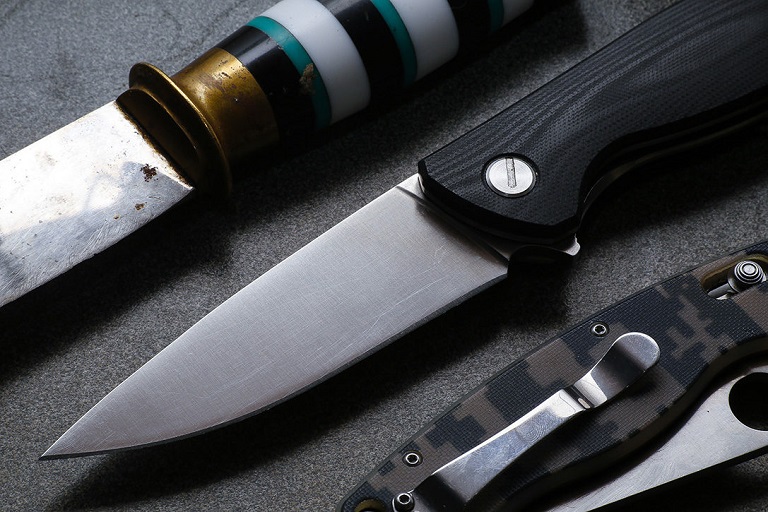
You’ll rarely come across bone, ceramic, plastic or rubber knives. The large majority are made mostly of steel and accompanying metals. The basic distinction here is between carbon and stainless steel knives. This may be confusing, or even misleading, since steel already has a concentration of carbon, along with the base metal, iron. This is limited to just over 2 per cent, but considerably changes the inherent softness of iron in producing, a tougher, longer-lasting blade. Besides carbon, other metals, like chromium, manganese, vanadium, nickel among many others are added to provide extra tensile strength, blade flexibility, edge retention and resistance to corrosion.
What are Carbon Steel Knives?
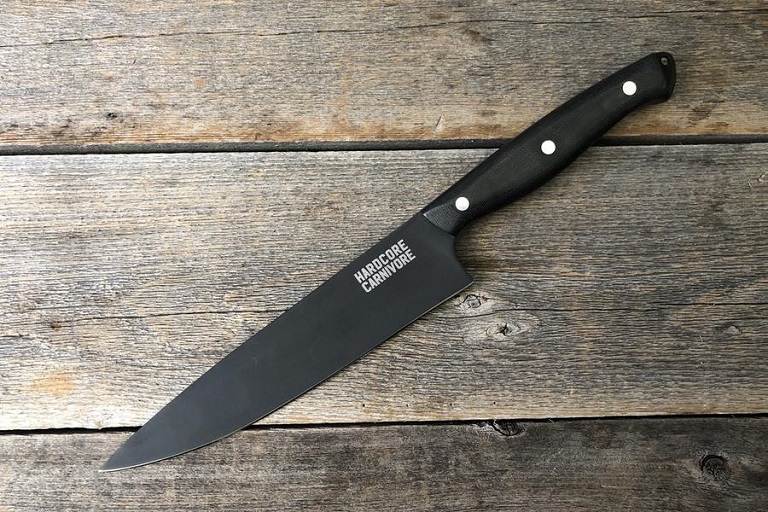
Carbon Steel Knives have a higher concentration of carbon added to the iron, in the vicinity of 0.25 to 2 per cent. This provides some benefits, especially in terms of overall strength, but produces more brittleness, meaning frequent chipping or cracks. Blades in carbon knives tend to be thinner, but also much sharper. You’ll see carbon feature in blades that achieve the sharpest cuts, like chef’s knives, hunter knives or swords. The blade toughness also means there is less flex, for deeper, smoother cuts in harder surfaces with the least amount of effort. Flesh, food and materials are easily pierced, with blade designs in accordance with the type of cut needed.
Where carbon doesn’t excel, besides the likelihood of damage caused by chipping, is the resistance to liquids and acids. Chef’s knives in particular regularly look stained, due to patina forming from food acids and water. This is rust, which left unattended will render the knife useless. Regular maintenance, meaning quick-drying and cleaning, is needed to keep sharpness and shine. But for overall sharpness, the least amount of flex, and for the toughest blades, carbon knives cannot be beaten.
Stainless Steel Knives
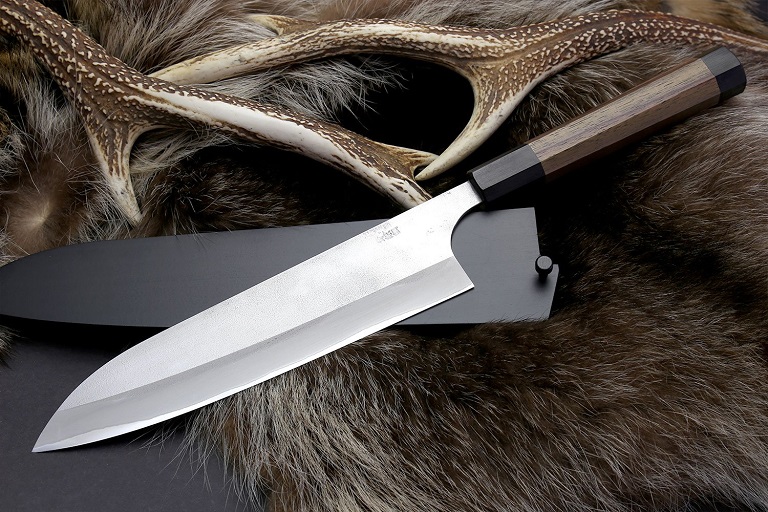
Knives with stainless steel blades can be cheap offerings you’ll find at supermarkets or cutlery stores, or specialised high-end knives selling for way more than the most expensive carbon knives. The difference here is the carbon content, with stainless steel having considerably less carbon, but a larger quantity of other metals, most notably chromium. Chromium content is around 20 per cent and adds strength and heat resistance. The result is a blade of slightly less sharpness and toughness than true carbon steel, but needing much less maintenance or cleaning. Stainless steel stands up to corrosion from water and acids much better, so is suited as a general kitchen knife, or where the knife is frequently used in damp, humid and hot conditions. The best tactical, military and survival knives will have the highest grade of stainless steel. Less expensive camp and hunting knives will have lower steel alloy grades but are well-suited to their intended use. Other metals added to the mix either provide more flex for smaller precision cuts, and better edge retention and resistance to chipping and cracks. Metals included here are nickel, molybdenum, vanadium, manganese and others. Steel grades vary and considerably affect the price.
Which Knife is Right for You?
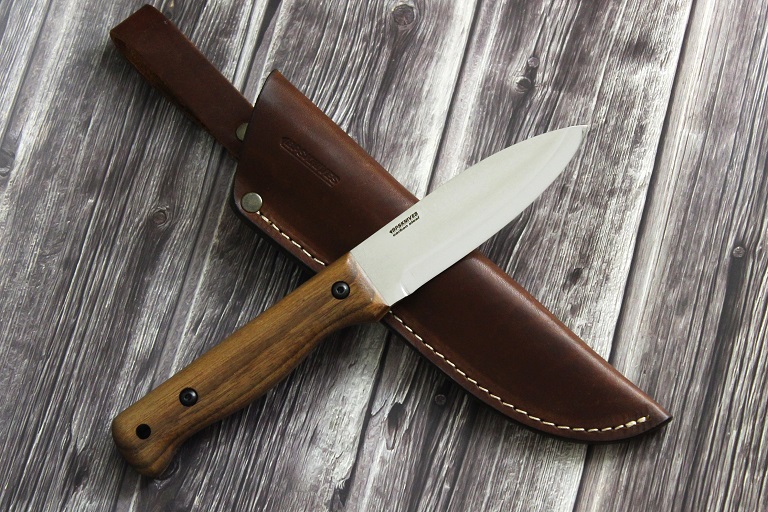
Depending on where and how you use the knife you can go for either carbon steel knives or stainless steel knives. If you require the sharpest, deepest cuts, without any blade flex and with minimal effort, then a carbon knife is what you need. The blades are tough, though brittle meaning cutting harder materials can lead to cracks. Another issue is the low resistance to corrosion or heat, leading to discolouring. Manufacturers have solved this by applying powder or ceramic coatings, essentially increasing overall usability. Carbon steel knives with coatings are replacing stainless steel knives in applications where sharpness is critical. Here military-grade and high-end chef knives are the best examples.
Material technology has come a long way, especially in alloys. The combination of metals in stainless knives rivals the sharpness of carbon with some added benefits. These include maintaining blade form in a variety of cuts and materials and less wear. Blades can flex more without breaking. Sharpening may come as a problem, considering they blunt easier than carbon blades, and need better tools in retaining cutting edge sharpness. .
Though a major factor in price, the type of blade material is closely rivalled by the design in the blade spine, belly and tip. Carbon blades will feature in more specialised knives, and stainless steel is often a cheaper alternative found mainly in general-purpose tools. Knowing how, where and how often you’ll be using the knife, will help in determining which blade and what type of knife you need. If in doubt, knife, hunting, camping and military stores stock a range of different knives, with salespersons more than eager to answer any questions and give recommendations.

